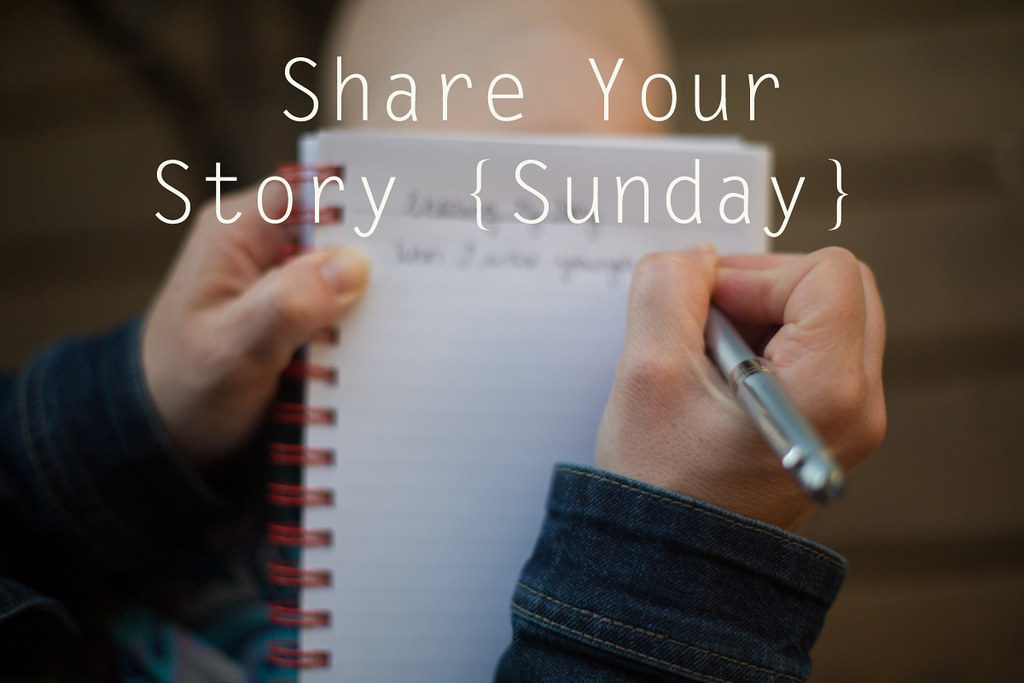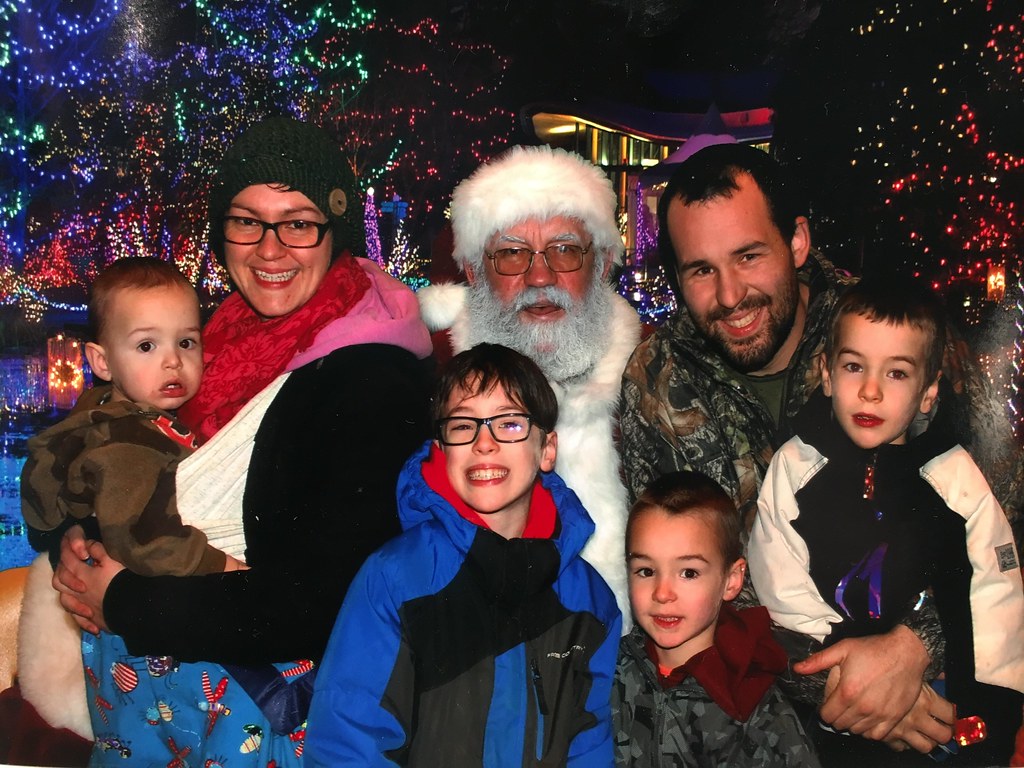
After our son received a diagnosis of Autism Spectrum Disorder, we were given a pile of information and paper work, and were assigned a Social Worker through the Ministry of Child and Family Development. She came to our house, to meet us and E, had us fill out some forms to help qualify us for additional services such as respite and a positive parenting course. Then we had to set up our Autism Funding. Since E was under the age of 6, he qualified for $22,000 a year for therapy services. Next, we had to figure out what services he would benefit from and where he would receive his intervention therapy. This process was very overwhelming and time consuming, as we had no idea where to start. Since he was already four years old when diagnosed, we only had two years left for the early intervention.
Fortunately, my sister worked as a consultant at a local ABA therapy program and she was able to give advice regarding the program options, team members and services that would best fit E. We chose an Applied Behaviour Analysis (ABA) program that gave us the option for sessions at one of their centres. His team was made up of a Speech-Language Pathologist (SLP), Occupational Therapist (OT), Associate Behaviour Consultant (ABC), Behaviour Interventionist (BI), and a Behaviour Consultant (BC) heading up the team. He attended four times a week for 2.5 hours each afternoon. His BI implemented the therapy according to the plan and goals that were set up by the senior team. We had team meetings every 4-6 weeks where I would find out how E was doing, what he was learning, and where I was able to ask for advice on how to deal with situations at home.
This became our new normal four days a week. On E’s preschool days, I had to drop Son1 off at K, bring E to preschool, run errands with Son3, pick E up from preschool, go home for a quick lunch, drop E off at therapy, come home so Son3 could nap, wake up Son3 from his nap to pick E up from therapy, then rush to school to pick up Son1 from K. This was a huge adjustment for everyone in the family. Son1 got particularly jealous that his brother got to go to therapy, and “play” while he had to be home in the summer.
ABA isn’t like school where you get a break in the summer - it is constant - so that first summer after diagnosis looked quite different from previous summers. We stayed closer to home and didn’t go away as much so that E could get the most out of intervention as possible. This routine continued into the next school year where E moved up to the four-year-old preschool program. Preschool was a very structured learning format and he knew what was expected and what each class would look like. We very thankful for the support and understanding of E’s teachers as E was able to attend preschool without support.
Since our initial referral was for OT through the local Child Development Centre, we were picked up on the waitlist for OT support services, which we received in addition to our therapy program. We chose to work on some eating goals with E, and had an OT come support us at home to help expand the variety of foods E would eat. Prior to this, E’s diet was very limited and we wanted him to know that it was okay to try new foods, even if they looked different from what he was used to. She came over twice a month and would play a game with E, then talk about the snack I prepared for both of them. They worked on slowly introducing new foods by touching the food, smelling it, trying little bites, and then eating it. Thanks to this OT and this program, E is now one of our best eaters and has an amazing willingness to try new foods!
This particular OT was also very helpful during E’s transition to Kindergarten. She came to the Kindergarten orientation day and took photos of the classroom, teacher, uniform, and E at the school. Then she made a slide show that he could watch to prepare himself for this big life change. This particular early intervention program ended once E started kindergarten.
Some of the big positive changes that we noticed with E was that he learned how to play appropriately with toys, and play together with his peers and siblings, rather than just alongside them. His vocabulary and comprehension expanded, along with his printing, cutting and drawing skills, as well as his social skills and personal hygiene skills. Something else we worked on for almost a year was teaching E to tolerate wearing uniform pants. Prior to this E would only wear stretchy cotton pajama pants or leggings, and since the elementary school he would be attending had a uniform dress code, we knew this had to be a priority to focus on. Today E will wear skinny jeans occasionally.
Once kindergarten started, ABA sessions decreased to three days a week. This meant very long days for E (and the rest of us!) After school pick up included packing everyone up in the car (Son4 being just over two months old), driving to therapy after school, going home to prep dinner, then packing everyone up again for pick up. Thankfully, my husband and parents were able to help with some of the pick-ups and drops offs.
One of the biggest things that changed for us, as parent, was the realization that intervention was a 24/7 job, not just the two hours of intervention E received each day. If we wanted to continue to see improvement and growth, the Mister and I needed to be “on” all the time. The Positive Parenting course helped us with this as we were taught new ways to parent. We learned there is a reason behind every behaviour and had to be one step ahead of the game in order to prevent a meltdown.
The month that E turned six, he aged out of his ABA program. This was quite an emotional time for me since going there for two years had become our new normal; knowing that we had that extra support and help had been amazing. We are ever so grateful and thankful for our team and E is where he is today because of the role they played in his life.
Now that E is over six, we have had to figure out our own support and interventions services. Fortunately, our respite worker is also a behaviour specialist and works one-on-one with E once a week on social and life skills, such as, learning to recognize how others are feeling by looking at their facial expressions (this is something that is tricky for some people with ASD). We also have a one of his BI’s supporting him 1-2 times a week, working on play skills in group settings and how to be more comfortable in public spaces.
Life has been non-stop since diagnosis three years ago. There have been many great achievements made by E, and there have been some regressions as well. Life isn’t easy when you have a child with additional challenges and needs. While E may be the one with a diagnosis, each of our children are unique and special in their own way and our goal as parents is to continue to use strategies we have learned to raise our boys the best we can. We recognize that E is still learning and some things may take longer than others, but we are better equipped now to deal with any challenges we face based on the support we have received. We are continually learning to have patience and accept the quirks, while also helping and encouraging E to be the best person he can be alongside his brothers.
During a particularly rough patch of life, when this song came out it brought such reassurance and reminder that we weren't on this journey alone, ever.
https://youtu.be/tIZitK6_IMQ

Thank you for sharing, Rachel!
Rachel Cornelsen is a wife to Andrew and mother to four beautiful boys. She is a baker extraordinaire and a Pampered Chef consultant.
.jpg)
No comments:
Post a Comment